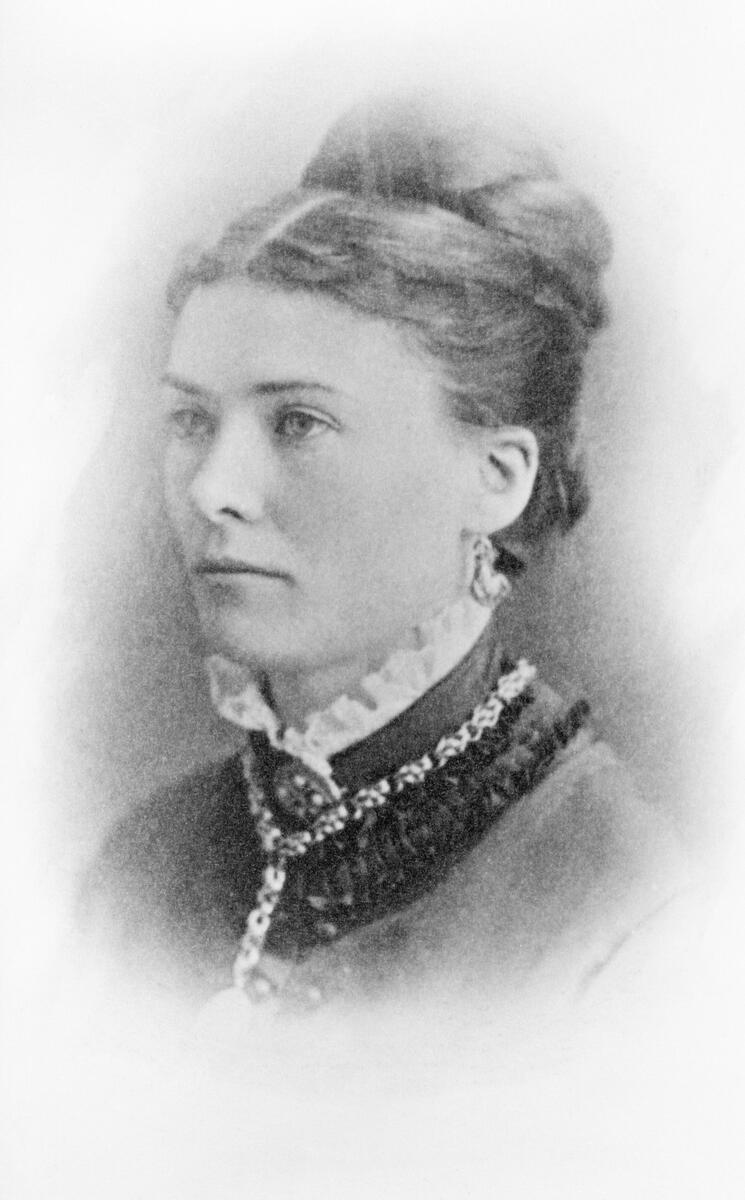Article
Marie de l'Incarnation
Marie de l’Incarnation, born Marie Guyart, founder of the religious order of the Ursulines in Canada, mystic and writer (born 28 October 1599 in Tours, France; died 30 April 1672 in Quebec City). Her writings are among the most important accounts of the founding of the colony of New France and the establishment of the Roman Catholic Church in the Americas. Her work as a teacher helped to lay the foundations for formal education in Canada.













